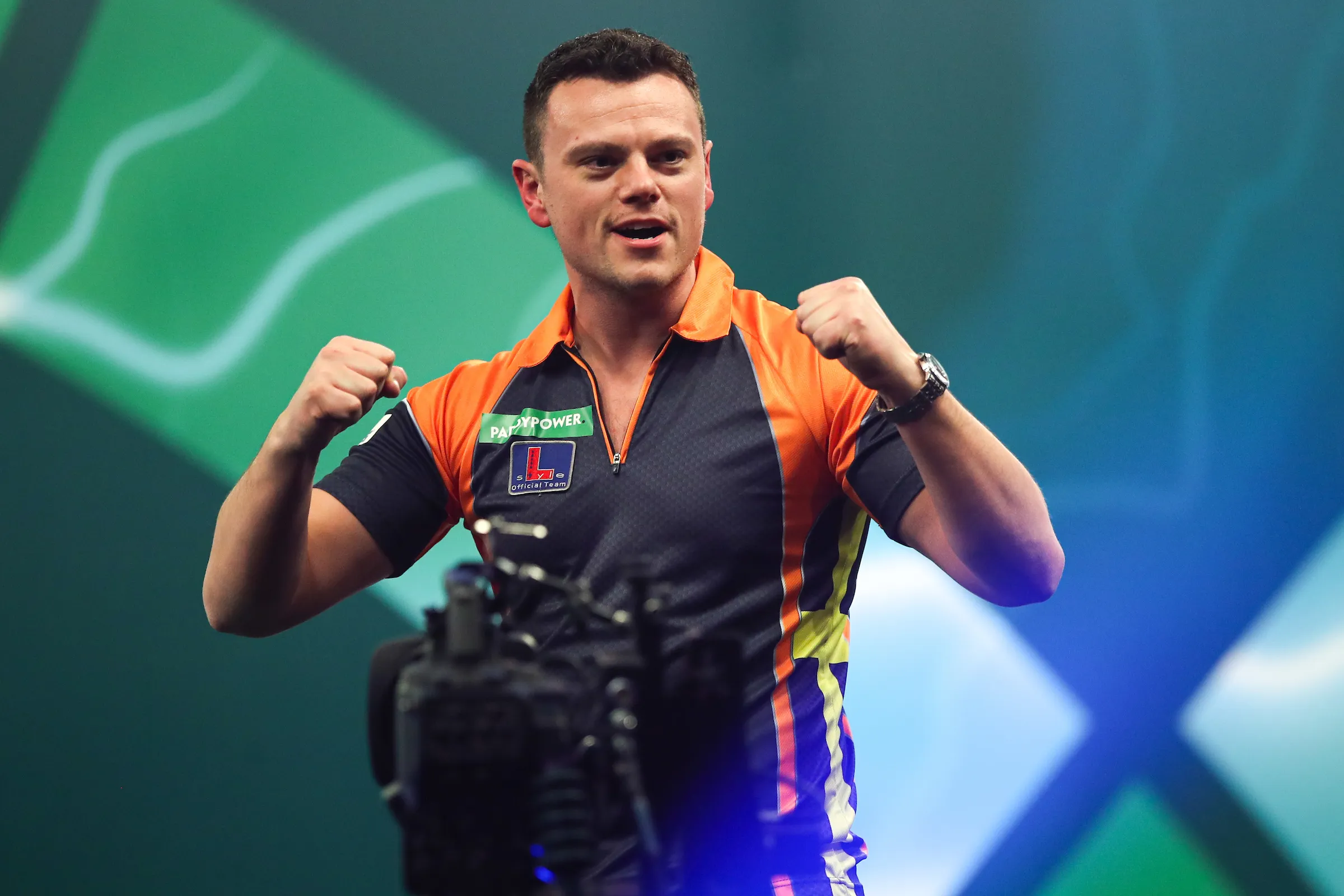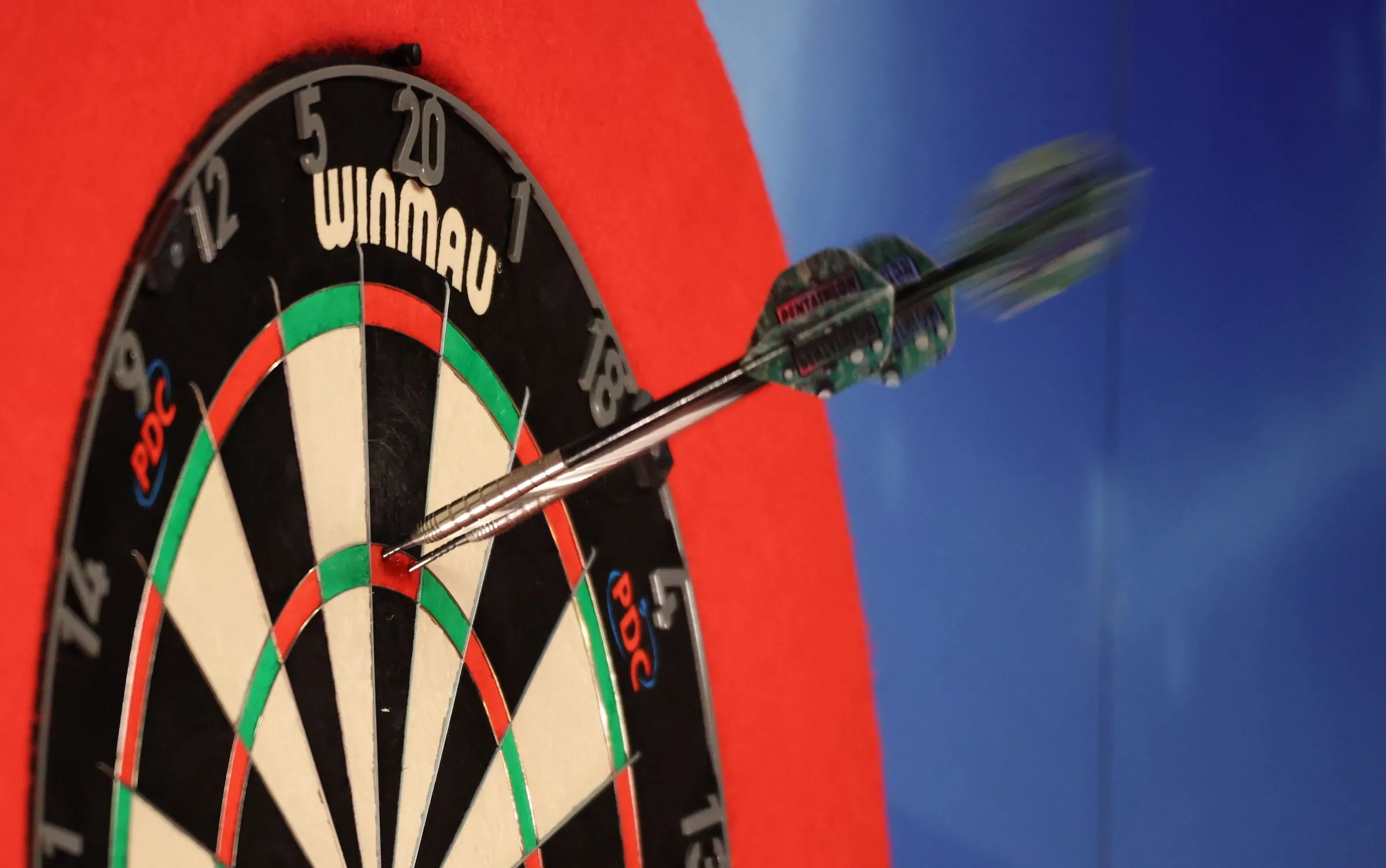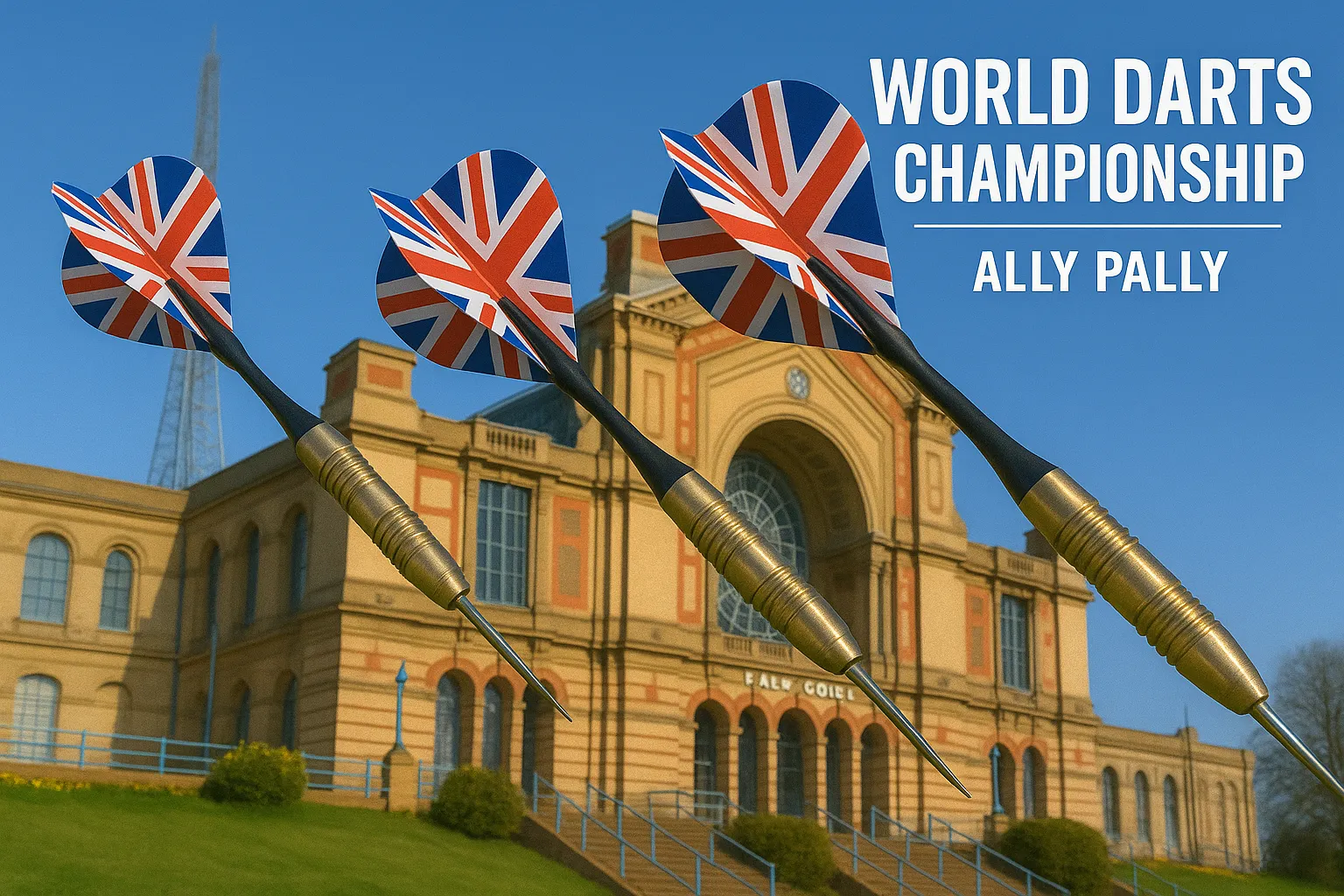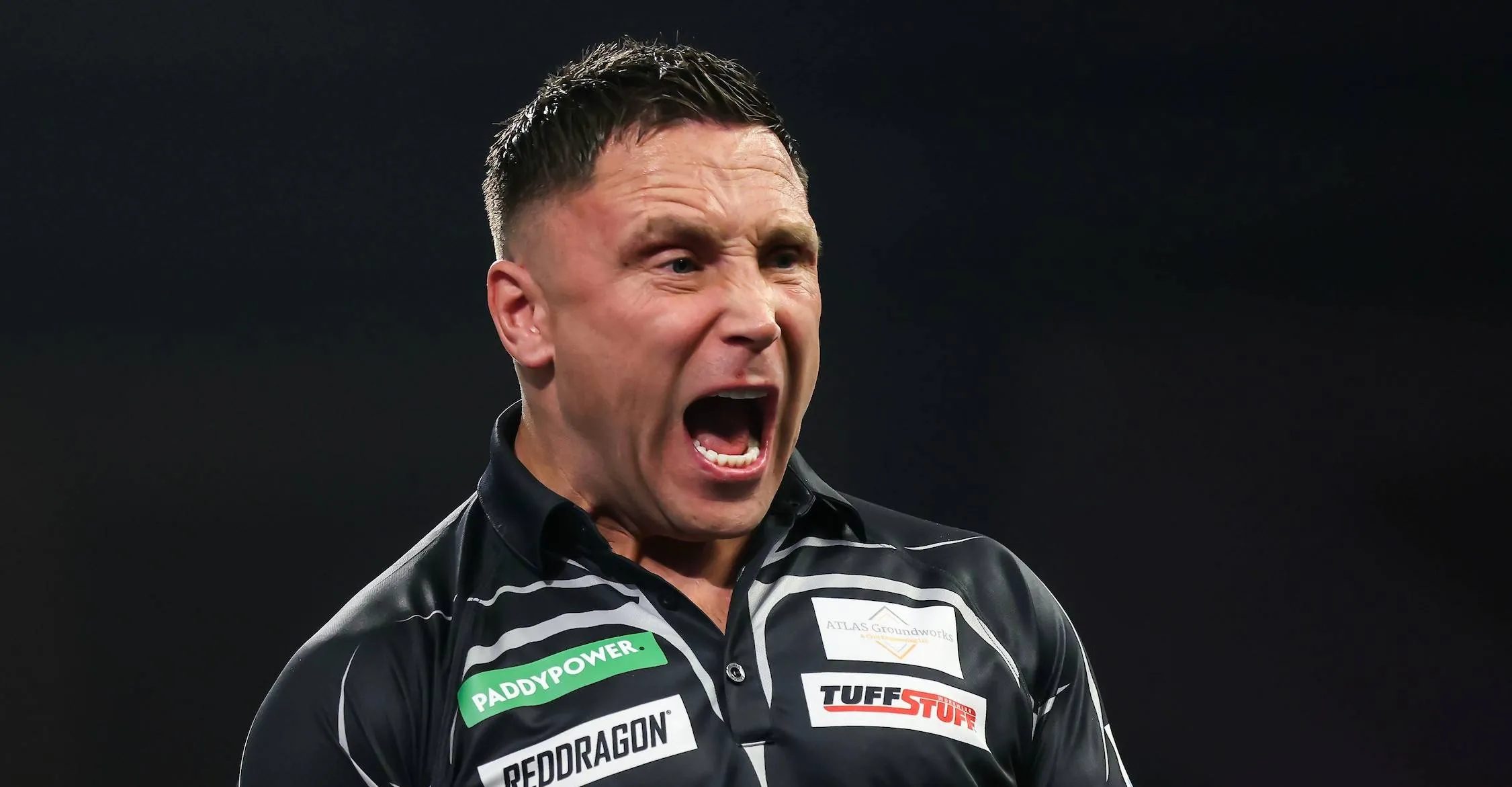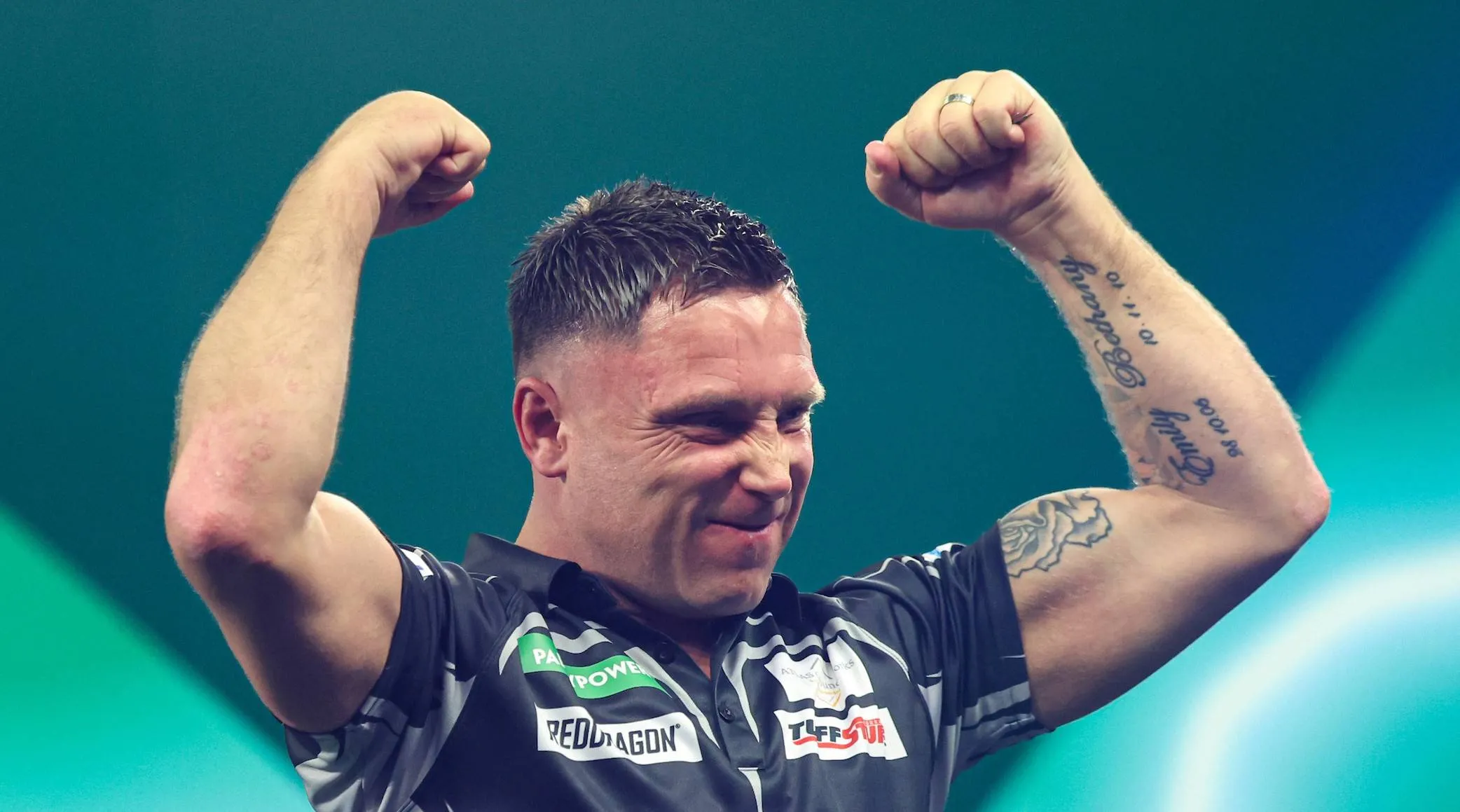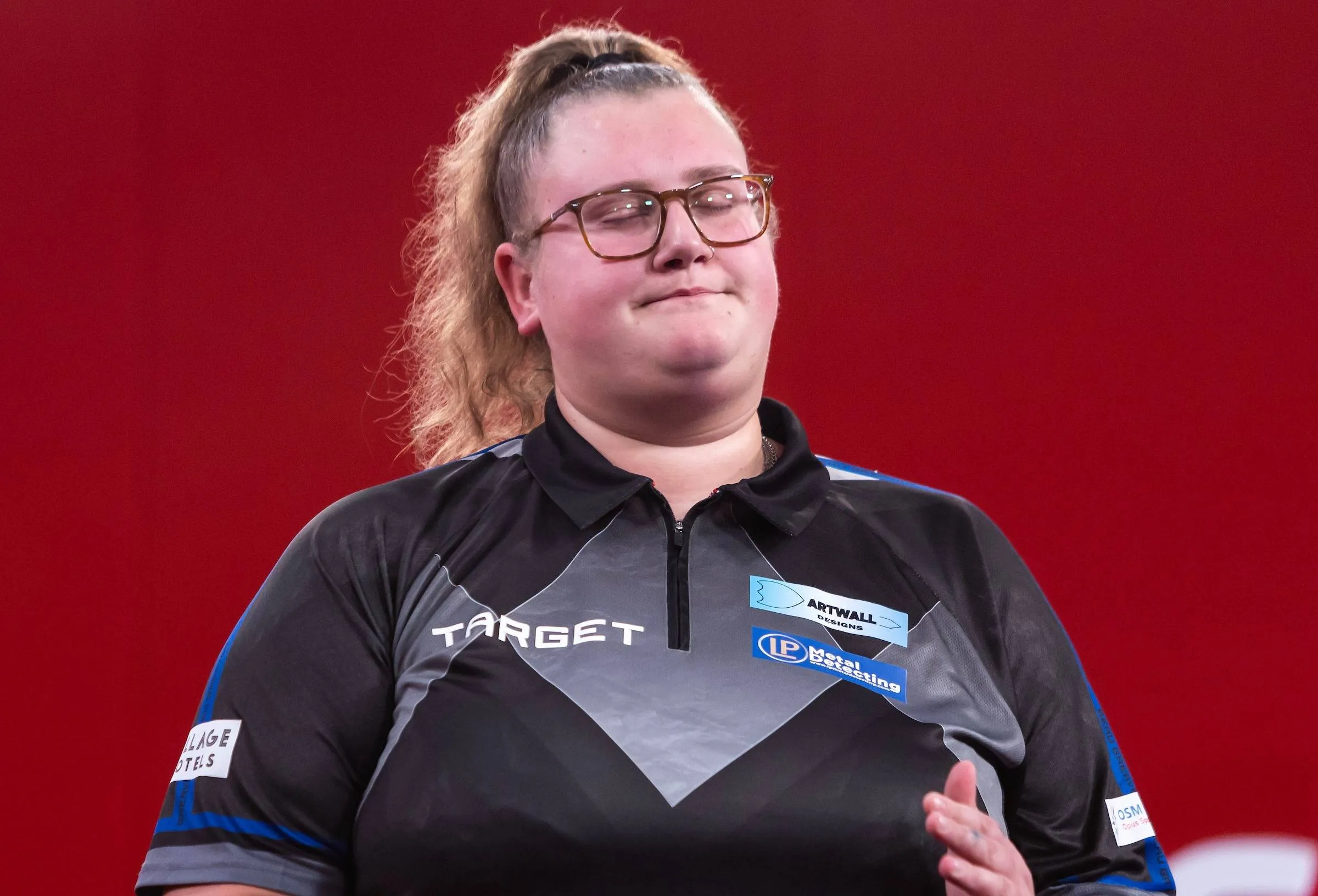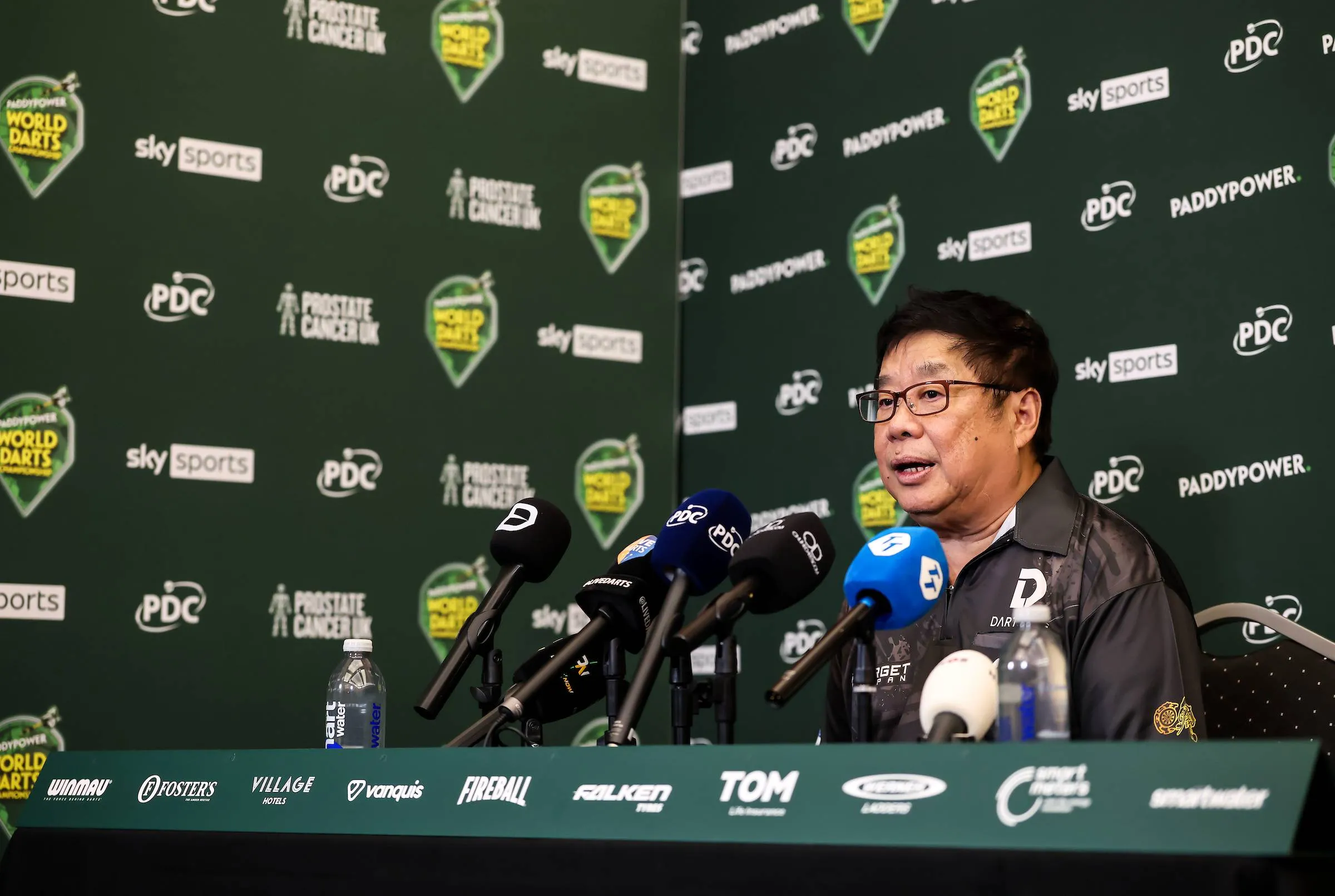ANALYSIS: After years of Finnish dominance the Swedish are beginning to own the PDC Nordic & Baltic Tour
PDCTuesday, 27 August 2024 at 14:30

The PDC Nordic & Baltic Tour is, as you may guess, open to players from the Nordic and Baltic countries, with the top two players on the tour at the end of the campaign securing themselves spots at the Alexandra Palace for the World Darts Championship.
This time around, the two big winners were Darius Labanauskas of Lithuania and Jeffrey de Graaf, representing Sweden. With the latter proving one of the strongest of the bunch for the second successive year, De Graaf's success is indicative of a swing in the balance of power on the Nordic and Baltic Tour over recent years.
Read also
Starting in 2012, the early years of the Nordic and Baltic Tour were dominated by the Finnish through the likes of Jarkko Komula (winner of the tour in 2012), Jani Haavisto (winner in 2014) and Kim Viljanan (winner in 2015, 2016 & 2017), with only Denmark's Per Laursen breaking the Finnish dominance of the early years, winning the tour in 2013. In fact, 36 of the first 60 tournaments held by the PDC Nordic & Baltic Tour, were won by a Finnish darter.
Comparing that to the last six years of the tour however, the Finnish flags become notably fewer. Over the ten tournaments held over the course of the 2024 campaign, just one saw Finnish glory, with the tide having turned to the Swedish darters. Although Marko Kantele did win the tour in 2023, the switch of De Graaf from the Netherlands to Sweden and the emergence of the likes of Andreas Harrysson, Daniel Larsson, Oskar Lukasiak and Johan Engstrom among others has seen the Swedes come forward as the new, dominant nation.
In 2024 for example, 7 of the 10 tournament victories went back to Sweden, with this season coming after 3 titles wins apiece in 2023 and 2022. Will the Swedish stranglehold continue? Will the Finnish fightback? Or will another strong nation emerge in the coming years? Only time will tell.
Read also
claps 102visitors 2
Just in
Popular news
Latest comments
- 1 year ban and £15,000 fine.medinabello16-12-2025
- can you not at least attempt to proof read these recaps? the whitlock scutt one in particular is both inaccurate and mindbogglingly unreadablecolt16-12-2025
- Look, everyone knows he likes to wind up his opponents. Today,his worst,and always will be,best opponent,is himself. I don't dislike the bloke,but he can only blame himself.rick6715-12-2025
- Look, everyone knows he likes to wind up his opponents. Today,his worst,and always will be,best opponent,is himself. I don't dislike the bloke,but he can only blame himself.rick6715-12-2025
- DRA - just a warning please. Obviously not deliberate, in good spirits a s immediate apology. (P.s. Good on you Joe! Tough season, hope you keep that standard into the next round and beyond)BandB14-12-2025
- This bozo says he can't take darts any further and he's left it in a good place.....no-one cares about this nobody. The PDC was always in a good place before he came along. Does this buffon think the crowd are there for him.richieburnettrocks14-12-2025
- Yes, a warning indeed. He is coming to the buffet table, out of his way. This class A goof continues to blither about how he is playing the best darts of his life and even had the laughable audacity to say he was in the best shape of his life. He had a lucky run at Blackpool and even luckier at the World Championship and is still living off that. His form the past year especially the last 6 months completely sucks. 6 micky mouse titles mean nothing.richieburnettrocks13-12-2025
- I'm a big Huybretchs fan from when he broke through at the euros in the early days, but his action has gone. So jerky and inconsistent. Looking at where he'll be in the rankings, hopefully he can treat the new year as a new start, relax, enjoy it and push on without the pressure of defending lots of ££BandB12-12-2025
- Greaves could win Fallon might win Ashton might get a set Van Leuven could get a set deciders Hayter might get to a doubleBandB10-12-2025
- Congratulations Deta, champion at last. Although I was really hoping Sophie was going to win. Deta had a tough route to the final and a deserved Champion after soooooo many attempts.richieburnettrocks08-12-2025
Loading
